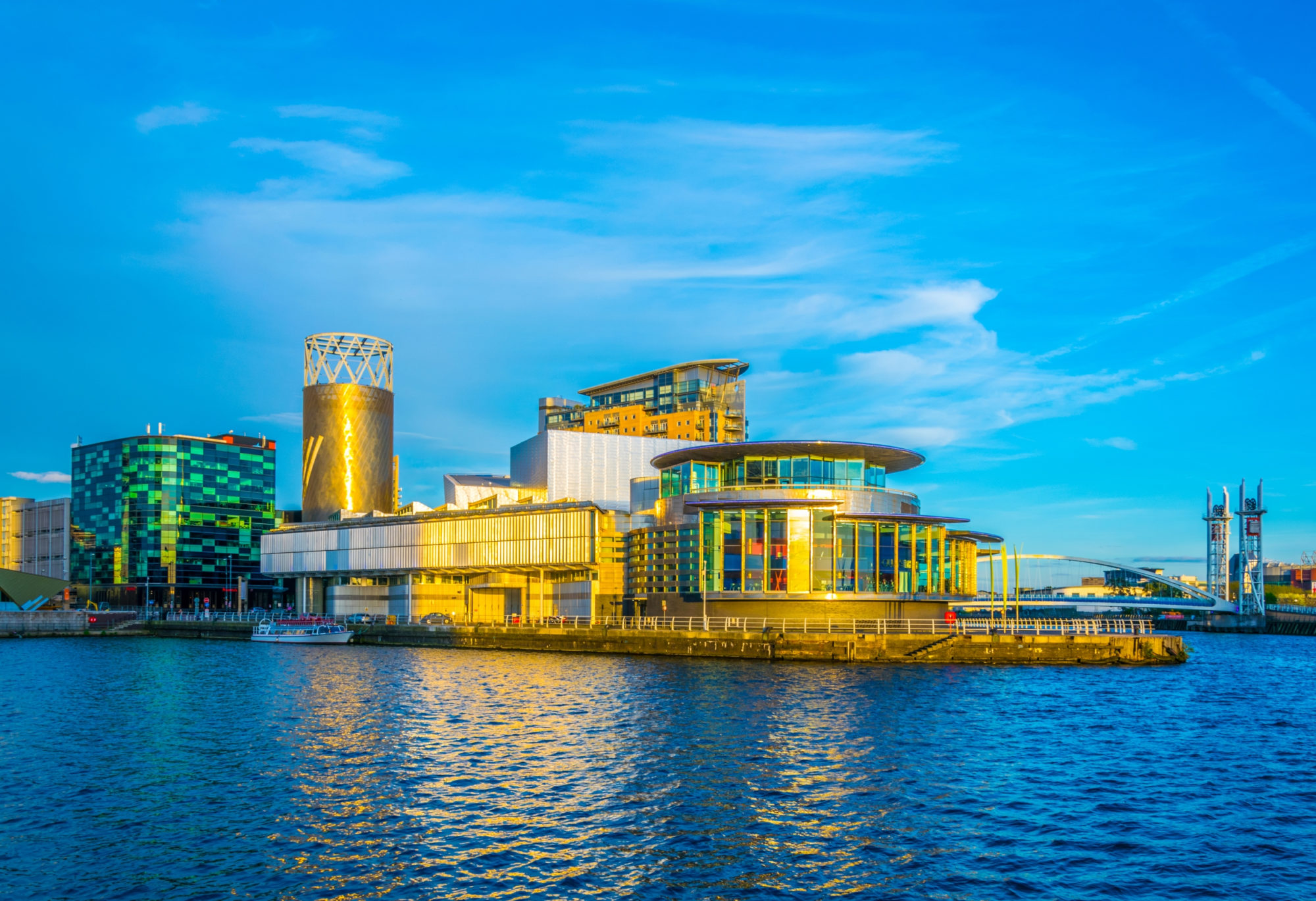University of Manchester advances multi-sector infrastructure system research

Julien Harou
Group Lead and Professor in Water and Infrastructure System Engineering
The DAFNI hardware funds have allowed the University of Manchester to purchase High Performance Computing equipment to power research in water and infrastructure system engineering.
Professor Julien Harou explains:
In the Water Resources Group at University of Manchester we work on water security, infrastructure investment assessment, and water-energy-food-environment systems.
We’re interested in how infrastructure and critical systems like water and energy systems function and how they can best serve society. We examine how human-natural systems interact with infrastructure.
Our research involves real people and real assets as much as possible. We develop working relationships with institutions and work with them over long periods, 5-10 years in some cases. Infrastructure investments affect everyone, so it’s essential for us to build trust with communities and different economic sectors to allow us to use computer models in ways that will create positive change.
We use computers to simulate systems in order to describe how changes could impact the environment, different users and their service levels. We’ll assess areas including reliability and cost, economic and financial implications, environmental indicators, and social indicators – like social equity and regional equity. We work in the crossover of engineering and economic engineering, to embed sustainability and resilience into infrastructure choices.
DAFNI-funded hardware speeds up multi-sector research in developing nations and UK
Simulations over 10- or 20-year timeframes require significant computing power, to assess how different groupings of development options could fare under future scenarios. We have purchased two 4-core machines and one 8-core computer with the DAFNI funds.
We have already made significant use of the DAFNI equipment for specific research studies, including research in Ghana looking at combined energy and water systems – such as using hydropower to enable that country to take on more intermittent renewable energy sources like solar and wind into their supply system. Considering water and energy systems together reveals how hydropower impacts energy availability but also water availability, aquatic ecosystems and water for agricultural production.
This multi-sector modelling is the kind of research for which the DAFNI equipment and tools are invaluable.
Another example is a research study on managing the Nile River system, a water source which many nations depend upon and which is affected by climate change. We’re using the DAFNI computers to model combined water and economic systems, with a view to demonstrating that cooperative management is most beneficial for countries upstream like Ethiopia and downstream like Egypt. Recent research aims to show how changes to the energy system could reduce water conflicts, such as the one regarding the new Grand Ethiopian Renaissance Dam.
We also work on studies relating to infrastructure in the UK, for example Water Resources East – a regional planning group of water-using sectors in Eastern England, a region which is vulnerable to water shortage and droughts. DAFNI-based simulations allow us to look at how water shortages impact domestic water users but also energy providers, farming community and the environment.
All these projects fall under the category of large-scale infrastructure systems assessment and design. The large DAFNI-funded computers allow us to move much faster with our research – previously we might have had to wait 1-4 days to test and parameterise our computational research. Now, using the DAFNI-funded computing cores for testing and rapid development, we can try different software features and design parametrisation more quickly and interactively.
DAFNI high-performance computing increases the speed of development and allows better use of computing to tackle complex system-scale design problems. Our published papers on our large-scale infrastructure systems assessments are a testament to that work.
Future plans
We are looking into new ways to use the DAFNI platform and to refine our software skills and tools through interaction with its modelling community.
DAFNI-funded HPC gives us the ability to rapidly prototype and deploy multi-sector infrastructure simulations so that we can learn as much as possible about the challenges and impacts of climate change and synergies, to allow us to strategically align and identify co-benefits.
The DAFNI-funded hardware allows us to build representations of abstract engineering elements, to use the models and change the parameters for those areas, and identify the infrastructure investments that will allow the greatest synergies and greatest social and economic benefits. Multi-sector infrastructure design is a core area that DAFNI was designed for.
DAFNI-fuelled infrastructure systems research can help achieve positive socio-economic benefits… such research can be applied in the real world and will have positive impacts on spend levels, infrastructure sustainability, health and work for people living in those communities.
The hardware
At the University of Manchester we have installed three powerful servers (two DELL PowerEdge R740 servers and one DELL PowerEdge R340) to assemble, host and create datasets on infrastructure assets and networks and enable large model simulations.
Our two high performance workstations (Asus Z490-A) will facilitate testing of cluster expansion, visualisation of large datasets, and GPU-based simulation and optimisation, whereas the 75’’ TV (Viewsonic IFP7550-2EP 75″ 4K Ultra HD) allows interactive high resolution visualisations of simulation outputs.
